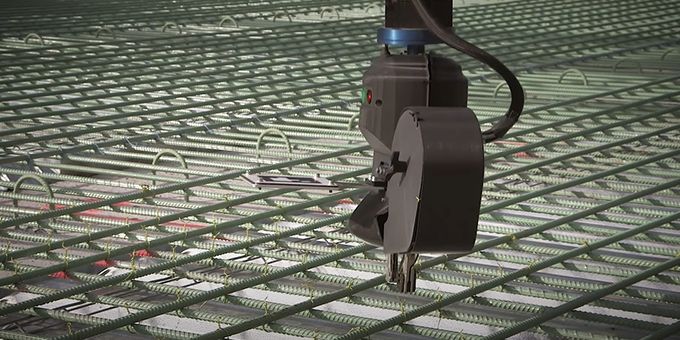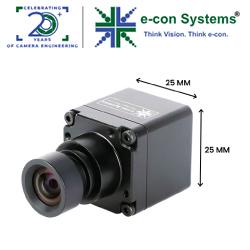The introduction of construction robotics may prove to be a tipping point for this industry. How are robots changing on-site construction today, and where can we expect to see them in the future?
 Readers Choice 2020: How Robots Are Changing On-Site Construction
Readers Choice 2020: How Robots Are Changing On-Site Construction

Emily Folk | Conservation Folks
The construction industry looks a lot different today than it did 50 or 100 years ago, and in the next decade or so, it could change even further. The introduction of construction robotics may prove to be a tipping point for this industry. How are robots changing on-site construction today, and where can we expect to see them in the future?
3D Printing on the Job Site
Additive manufacturing, known colloquially as 3D printing, has become one of the fastest-growing fields in numerous different industries. Today, you can find 3D printers everywhere, from the medical sector to the International Space Station. They're even starting to make an appearance in the construction industry. Buildings can be 3D-printed with machines designed to lay layer upon layer of concrete, creating an entire structure in weeks instead of months.
The biggest 3D-printed building opened in January in Dubai, measuring out at five stories and 6,900 square feet of floor space. This technology is still fairly new and is only being used in demos. As it hits the mainstream, it could change the entire face of the construction industry. Experts estimate that if construction companies can replace just 25% of their projects with 3D-printed structures, they can reduce labor demand by 70% and costs by 90%.
These 3D printers work autonomously, only requiring a single worker to monitor them once the program is started. Reducing labor demand can increase on-site efficiency as well. Right now, upwards of 90% of construction workers feel like the industry is unproductive. Introducing 3D printing robots into the mix could reduce the impact of that problem, making this field more efficient in the long run.
Preventing Repetitive Stress Injuries
Due to the nature of the job, repetitive stress injuries are a constant threat in the construction industry. According to previous research, 19,070 overexertion injuries occurred on construction sites in 2014. Construction robots can prevent these injuries by taking over repetitive or mundane tasks that could result in overexertion.
One example of this is Tybot, an autonomous robot designed to tie rebar during bridge construction. This work is traditionally done by employees who are often suspended far above roads or rivers. With Tybot, workers only have to frame about 10% of the bridge by hand before the machine can take over and complete the rest autonomously. This reduced work time will make job sites safer, reducing injuries and facilitating faster task completion.
Increasing Productivity With Light Detection and Ranging (LIDAR) Laser Scanning
While it is possible to monitor job-site progress with the human eye, human perception isn't always the most efficient tool for comparison. Doxel, a tech startup, is working on a robot designed to climb stairs and autonomously navigate construction sites. While it does this, it uses LIDAR laser scanners to create a real-time 3D model of the worksite.
One demonstration of the bot found this real-time modeling reduced the project's budget by 11%. It also increased productivity by 38% because it enabled supervisors to see how much work was accomplished and accurately calculate how much money was owed for the day. It might not be long before we see these LIDAR-equipped robots wandering construction sites around the globe.
The Future of Construction Robots
When it comes to construction and robotics, we're still in the early stages of this potentially drastic change to the industry. What we have seen so far looks promising, but only time will tell how effective robotics will be on construction job sites. They may prove to be the thing we've been waiting for to offset the growing labor shortage, or they may end up being more trouble than they're worth.
The content & opinions in this article are the author’s and do not necessarily represent the views of RoboticsTomorrow
Featured Product

